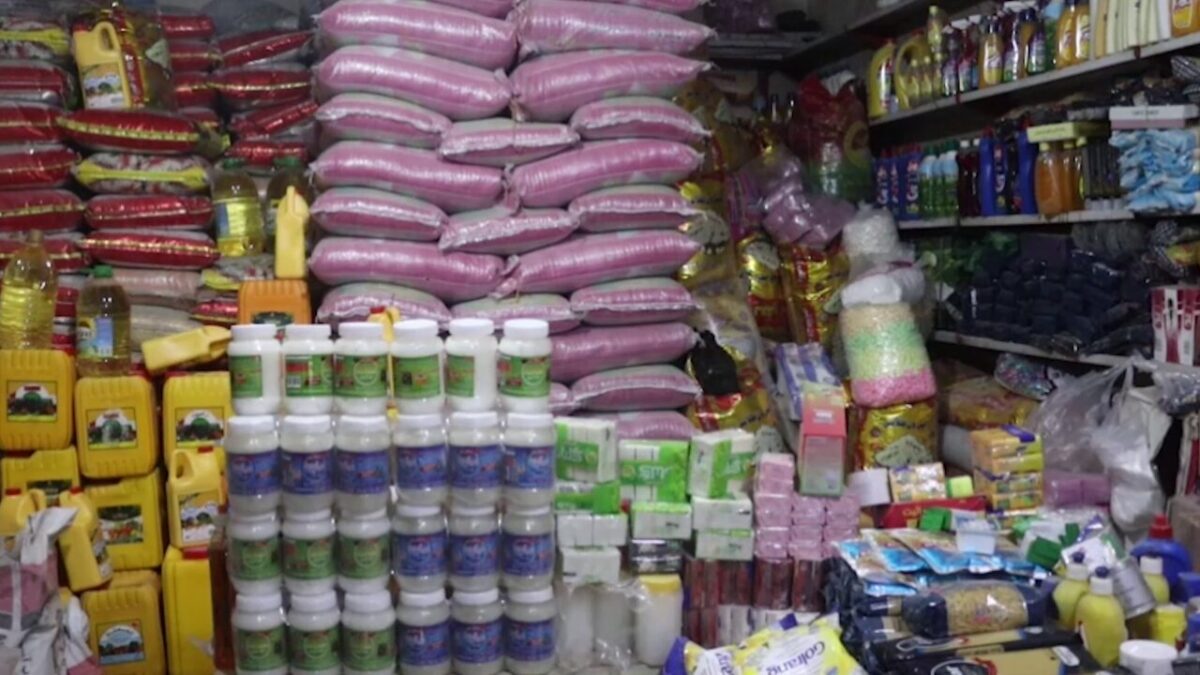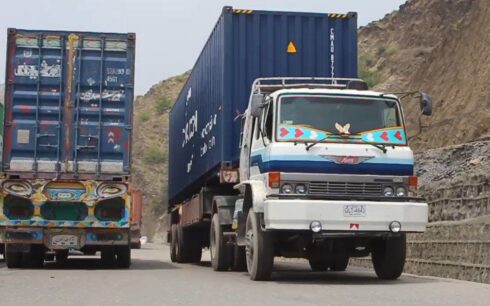KABUL, Afghanistan—A sharp decline in the value of Afghanistan’s currency has led to rising food prices, exacerbating economic instability in the country, the World Food Program said in an update report on Thursday.
Over the past week, the afghani weakened by 7.6 percent against the U.S. dollar, the agency said. The depreciation has caused temporary fluctuations in market prices, which remain elevated compared with the previous week.
“Most staple food commodities, such as wheat flour, cooking oil, and rice, are imported into the country,” the WFP noted in its report, underscoring the reliance on foreign goods and the vulnerability of prices to currency shifts.
The decline in the Afghani comes in the wake of suspended U.S. foreign aid, including financial assistance to Afghanistan. In response, Da Afghanistan Bank, the country’s central bank, has conducted dollar auctions in an effort to stabilize the currency and mitigate the impact of exchange rate volatility.
Prices for essential goods have risen in recent days, the WFP said, citing data collected in the fourth week of January. Compared with the same period last year, food costs have shown mixed trends: while some commodities have declined in price, cooking oil and salt remain significantly more expensive.
Winter heating and cooking fuels have also seen an uptick in cost, with charcoal prices rising by 4 percent and gas by 2.8 percent in the past week, the report found.
The economic challenges come amid broader uncertainty in Afghanistan, where high inflation, reduced foreign assistance, and ongoing humanitarian needs continue to strain households.




